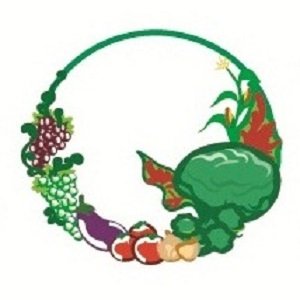The Farm -VS- The Rain
Greetings CSA Members!
Two true statements, from the Midwest book of bromides:
1. Everyone likes to complain about the weather, especially farmers and
2. Nobody likes a complainer!
So, in the spirit of this sage advice, I will offer here explanations- not complaints!- about the
impact of chronic, excess rainfall in the first 8 weeks of a Minnesota growing season.
The high level summary: in my 37 years of work outdoors, from agriculture to landscaping to
construction, I can think of only a single industry (road construction) that is more adversely
affected by rainfall, than what we do at Featherstone Farm: fresh market vegetables. Surplus
moisture during the growing season hurts what we do at every single level, 97% of the time (3%
exceptions? Yes, I want to give a fair picture here, as in my recent short video on dry farmed
squash on the ridge. Visit Instagram or click the lower video, to view Jack’s video on our squash fields)
And you see these impacts in the crops we have delivered to you in CSA boxes these past 5
weeks. We do our very, very best to avoid issues like this, and we often succeed. But at some
point the rain has gone on long enough, the mud and moisture-driven crop disease is bad enough,
that we simply can’t avoid breakdowns. Jeepers, our apologies for this!
Because at the other cliché goes, a picture says a thousand words, I am making a series of short
videos illustrating precisely why rainfall is so damaging to what we do at Featherstone
Farm. You can see the first of these videos here. Thank you for taking the time to watch, read
and think about this, in this crazy busy world we live in! We are not asking for charity or flood
relief here, just your patience and understanding.
By way of explanation- not complaint!- there are essentially 5 ways that chronic rainfall hurts
fresh market vegetables:
1. By causing soil compaction, reducing microbiological activity and the natural migration
of minerals and nutrients up and down the soil profile. Compaction is enemy #1 of good
soil health, period.
2. By disrupting all the carefully timed succession plantings that are necessary to produce a
consistent, healthy crop of volatile vegetables for a store of CSA box
3. By preventing us from maintaining crops adequately in the field, once we manage to get
them planted. Without cultivation, trellising, pruning and the like, crops don’t do well,
period
4. By spreading foliar disease, the single greatest enemy of fresh market vegetables. Bugs,
weeds and other pests (raccoons in sweet corn!) we can deal with, usually. But crop
disease has the potential to take out entire plantings. And vegetables are way, way more
susceptible to disease than corn or beans or other agronomic crops.
5. By disrupting the just-in-time harvest timetables that these volatile vegetable crops
require. When the zucchinis fatten up on the vine, we have to go get them despite the
mud or daily downpour, or the next week+ of harvests get thrown way off.
So, each of these 5 points will be the subject of a 4-5 minute on-farm video that James and I will
make in the coming week. The Jet Stream may have shifted significantly in the last 24 hours
(HORRRAY!!), but the impacts of a wet spring like this one will linger for weeks to come at
Featherstone Farm. The more you understand just why this is so, the more we hope you can be
patient with us!!
Gratefully- Jack
PS This is not the first time we’ve dealt with wet growing seasons, not by a long shot! And it’s
not even the wettest May-June we’ve ever seen, either… please see my commentary published in
the Minneapolis Star Tribune on October x, 201x.





